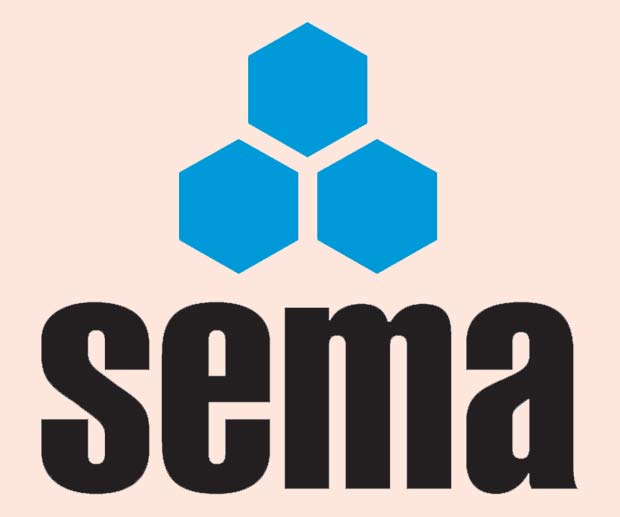Our first question this month asks for the safest orientation for a standard pallet racking frame to face and our second is for recommendations to tether or brace the racking to a fixed point of a building / structure’?.

Safest Orientation
Q. Could you please confirm which way around is the recommended safest orientation for a standard pallet racking frame to face.
Your help would be much appreciated
A. The industry generally follows the norm of having the short length of the upright leg at the bottom of the frame facing the aisle in order to provide some extra resistance to accidental impact from fork trucks that tend to occur in this area.
The exception to this was Dexion Speedlock Mark 3 which was done the other way round!! All subsequent Dexion products P90 etc, changed to follow the industry norm, so it was only Mk3 and prior that did not follow this norm.
Structurally it does not make any difference which way round the racking is built as both ways will carry the same imposed load however the different methods should not be mixed within a single installation as this means that row spacers, if fitted, will not be adjacent to frame bracing node points. Hope this clarifies the situation.
Recommendations to tether / brace
Q. We’ve recently had supplied and fitted some 8.5m high racking, comprising of 5 back to back rows. Although we’ve taken the below steps to ensure correct installation and keep health and safety a priority, we have one question that I can’t seem to find a clear / definitive answer on, ‘Are there any recommendations to tether / brace the racking to a fixed point of a building / structure’?
Please find the purchase, installation and usage guidelines we’ve taken and put in place below.
1 – Supplied manufactures to SEMA guidelines.
2 – Installers, SEMA accredited (floor fixings all round and bracing between the back to back sections)
3 – Load weights (always under what we specified)
4 – Inspection training received
5 – General racking protection installed all round
6 – FLT driver awareness This question comes from our Japanese colleagues as I understand its common place to tether Racking in Japan, possibly because of the earthquake risk?
Any help or advise on the positives and negatives of tethering / bracing would very much be appreciated.
A. It is not normal in Europe to tie racking structure back to the building in any but the most exceptional circumstances.
The building supplier will have designed and constructed the building to a very tight specification as laid down by the Client. If anyone is contemplating imposing an extra load on the building structure as would be expected from any ties to the racking, then the designer needs to be advised of the magnitude of those forces and needs to check his calculations to ensure that the building is capable of absorbing those forces within the specified margin of safety.
Plainly since the designer has to ‘insure’ his work against mistakes there is no incentive on him to accept extra loads on a structure that has already been completed and insured. The response to such a request for a check is normally that no, the building will not accept any extra load beyond what it was designed to do!
The same argument applies the other way round in that where the racking and building are connected large deflections and loads due to high winds and heavy snow loads would be transferred from the building to the racking the effects of which the rack designers would have not considered!
I am afraid it all revolves round legal responsibility in the event of a failure as well as the fact that modern block walls are not all that strong when ties from racking are connected to them and are then expected to provide some serious structural restraint.
SEMA has a code of practice on load notices www.sema.org.uk/ page.asp?node=2 which gives recommendation on the information that should be on a load notice.
The HSE publication HSG76 also gives some guidance hse.gov.uk/ pubns/books/hsg76.htm.
SEMA




Comments are closed.